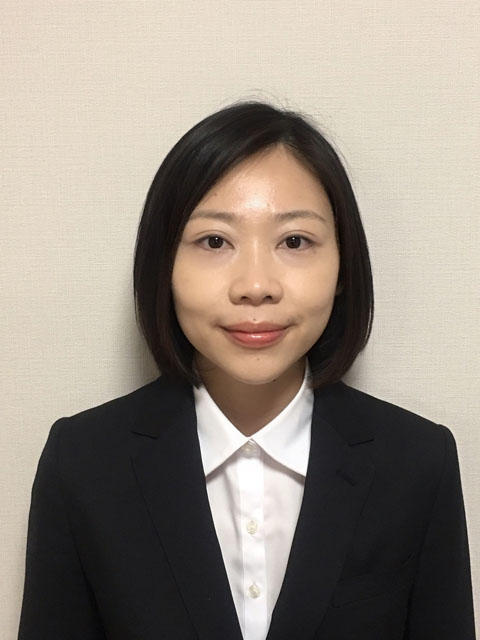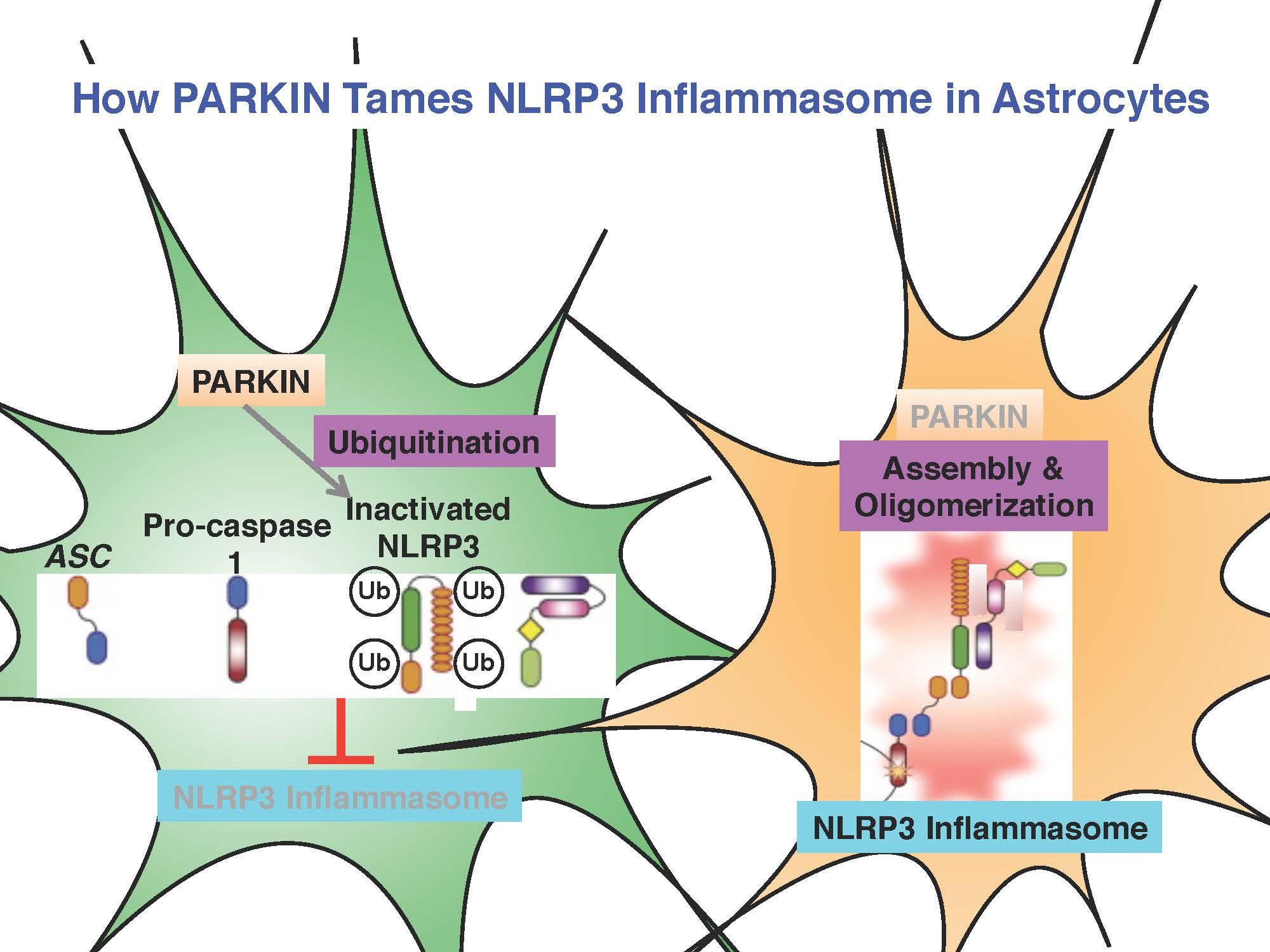Chai Muh Chyi
Self-introduction message
 I was born and raised in Malaysia. I am agile, effervescent, and adventurous. As an individual and a scientist on earth, I believe in challenging the norm and embracing the unknown. It empowers me to keep trying after countless failures, with only one goal in mind, to create a different and better future for others and myself.
I was born and raised in Malaysia. I am agile, effervescent, and adventurous. As an individual and a scientist on earth, I believe in challenging the norm and embracing the unknown. It empowers me to keep trying after countless failures, with only one goal in mind, to create a different and better future for others and myself.

Background and career
I was first exposed to scientific research in my final year of undergraduate studies in Malaysia. My first research topic was on nitrogen fixation bacteria. For my master's degree, I studied the survival mechanism of Burkholderia pseudomallei, a human pathogen and biothreat agent that causes melioidosis. The first part of my doctoral studies was on cortical development in mammals that included my first attempt at making cortex in a dish. Mesmerized by the potential of in vitro modeling, I started modeling brain diseases, which constitutes the second part of my doctoral studies.
For my postdoctoral studies with Keio University Global Research Institute (KGRI)/Laboratory of Physiology, Keio University School of Medicine, I have established various cellular models rare pediatric diseases and neurodegenerative diseases, including Parkinson's disease. By utilizing these models and exploiting the capacity of high-throughput next-generation technologies, I seek to decode the molecular basis of rare brain diseases.
Research achievements
Publications:
- Chai, M., Kohyama J. (2019) Non-cell-autonomous neurotoxicity in Parkinson's Disease mediated by astroglial α-synuclein. Stem Cell Reports, 12(2):183-185.
- Chai, M., Sanosaka, T., Okuno, H., Zhou, Z., Koya, I., ... Kohyama, J., Okano, H. (2018). Chromatin remodeler CHD7 regulates the stem cell identity of human neural progenitors. Genes and Development, 15;32(2):165-180
- Tabata Y., Imaizumi Y., Sugawara M., Andoh-Noda T., Banno S., Chai M., ... Kohyama J., and Okano H. (2018). T-type Calcium channels determine the vulnerability of dopaminergic neurons to mitochondrial stress in familial Parkinson Disease. Stem Cell Reports, 13;11(5):1171-1184.
- Sanosaka, T., Imamura, T., Hamazaki, N., Chai, M., Igarashi, K., ... Nakashima, K. (2017). DNA methylome analysis identifies transcription factor-based epigenomic signatures of multilineage competence in neural stem/progenitor cells. Cell Reports, 20(12), 2992-3003.
- Chai, M., Juliandi, B., Taito, M., and Nakashima, K. (2013). Epigenetic regulation of neural stem cell fate during corticogenesis. International Journal of Developmental Neuroscience, 31(6), 424-433.
Presentations:
Oral Presentation:
- Chai, M., Sanosaka, T., Okano, H., and Jun Kohyama (2017). The chromatin remodeler in human cell fate regulation: A default mechanism for neuroepithelial fate. [Nanosymsposium (103.01)]. Society for Neuroscience (SfN) Washington D.C., USA.
- Chai, M. (2019). Astrocyte dysfunction in Parkinson's Disease pathogenesis [Session 2, #4)]. The 24th Annual Meeting of the Japan Glia Tokyo, Japan Posters:
- Chai, M., Juliandi, B., Sanosaka, T., and Nakashima,K. (2012) . Identification of HDAC-mediated mechanisms for the temporal switching of cortical neuron specification. [Poster Presentation]. International Society for Stem Cell Research (ISSCR), Yokohama, Japan.
- Chai, M., Juliandi, B., Sanosaka,T., Tanemura, K., Igarashi, K., and Nakashima, K. (2013). In utero bisphenol A (BPA) exposure and the ensuing brain-region specific developmental alterations in mouse. [Poster Presentation]. Society for Neuroscience (SfN), San Diego, CA, USA.
- Chai, M., Sanosaka, T., Okano, H., and Jun Kohyama (2016). CHD7 specifies stem cell identity and neurogenic potential in human neural stem cells. [Poster Presentation]. International Society for Stem Cell Research (ISSCR), San Francisco, CA, USA.
As of 2021.3.31





